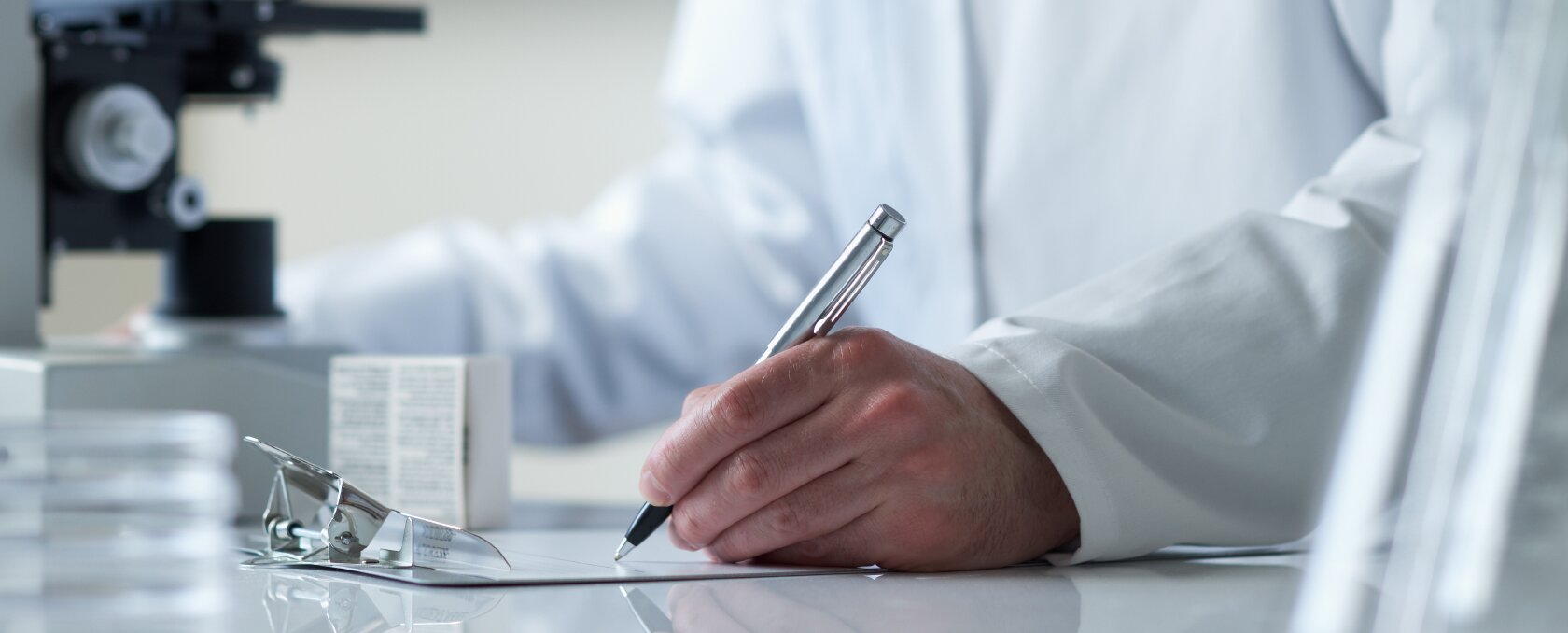ARES™ Validation & other studies
Numerous studies have evaluated the accuracy of the ARES™ under controlled laboratory settings and unattended environments. Overall, the system has demonstrated very strong concordance with simultaneously-collected PSG. The system is designed to be used in conjunction with the validated SleepMed ARES™ OSA questionnaire.

ARES questionnaire performs better than Berlin questionnaire
The ARES questionnaire performed better than the Berlin questionnaire with higher sensitivity, but lower specificity. See https://www.ncbi.nlm.nih.gov/pmc/articles/PMC2917515/
Summary
The ARES questionnaire performed better than the Berlin questionnaire with higher sensitivity, but lower specificity.
Validation study of a portable monitoring device for identifying OSA in a symptomatic patient population
There were 141 patients who wore the ARES while undergoing a PSG study. Results of AHI from the ARES study were presented in the order of different scoring criteria–4% oxygen desaturation alone, obstructive events with 1% desaturation plus surrogate arousal criteria. The sensitivity was 0.84 (95% confidence interval (CI): 0.77-0.90) and 0.97 (95% CI: 0.94-0.99), […]
Summary
There were 141 patients who wore the ARES while undergoing a PSG study. Results of AHI from the ARES study were presented in the order of different scoring criteria–4% oxygen desaturation alone, obstructive events with 1% desaturation plus surrogate arousal criteria. The sensitivity was 0.84 (95% confidence interval (CI): 0.77-0.90) and 0.97 (95% CI: 0.94-0.99), respectively. The specificity was 1, and 0.63 (95% CI: 0.55-0.71), respectively. The receiver operating curve had an area of 0.96 and 0.98, respectively. The ARES device has reasonable sensitivity and specificity for diagnosing severe OSAS in symptomatic Chinese patients
The correlations between the ARES™ and PSG
Summary: The correlations between the ARES™ and PSG for simultaneously acquired recordings was 0.96 using an apnea/hypopnea index with a 4% desaturation (AHI-4%), and 0.93 using a respiratory disturbance index based on Chicago criteria (RDI). The diagnostic sensitivity of in-lab ARES™ RDI was 0.95 and the specificity was 0.94; comparable measures to PSG for the […]
Summary
Summary: The correlations between the ARES™ and PSG for simultaneously acquired recordings was 0.96 using an apnea/hypopnea index with a 4% desaturation (AHI-4%), and 0.93 using a respiratory disturbance index based on Chicago criteria (RDI). The diagnostic sensitivity of in-lab ARES™ RDI was 0.95 and the specificity was 0.94; comparable measures to PSG for the in-home ARES RDI values were 0.85 and 0.91.Validation of Self Applied Unattended Monitor for SDB
Vast majority of patients with a PSG SOREMP never received MSLT testing.
Alyssa Cairns; Dr. Richard Bogan Sleep Medicine April 2017 Volume 32, Pages 150–156
Summary
New study from SleepMed advises to consider a narcolepsy workup when a SOREMP is seen (especially if multiple) as well as close follow-up if PAP is chosen.
Click here for paper:
Underutilization of the MSLT in sleepy patients
Sleep-disordered breathing in hispanic/latino individuals of diverse backgrounds
Redline S, Sotres-Alvarez D, Loredo J, Hall M, Patel S, Ramos A, et al… (2014). Sleep-disordered breathing in hispanic/latino individuals of diverse backgrounds: the hispanic community health study/study of latinos. American Journal of Respiratory and Critical Care Medicine, 189 (3), 335–344.
Summary
The correlations between the ARES and PSG for simultaneously
acquired recordings was 0.96 using an apnea/hypopnea index
with a 4% desaturation (AHI-4%), and 0.93 using a respiratory
disturbance index based on Chicago criteria (RDI). The diagnostic
sensitivity of in-lab ARES RDI was 0.95 and the specificity was
0.94; comparable measures to PSG for the in-home ARES RDI
values were 0.85 and 0.91.
